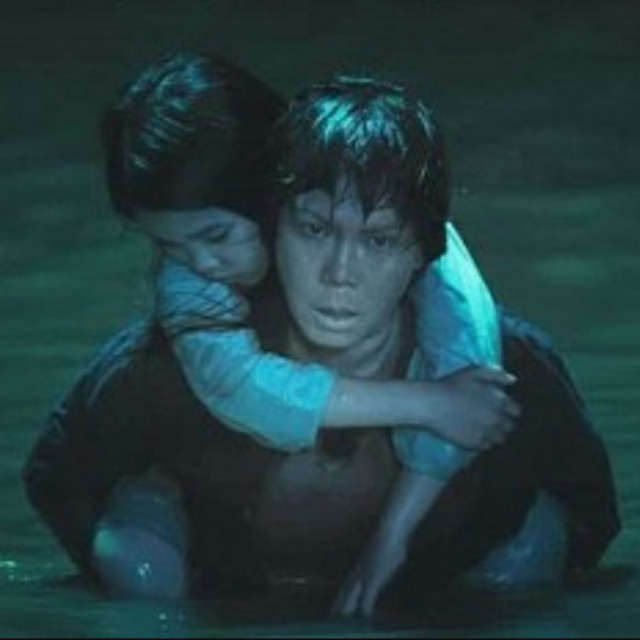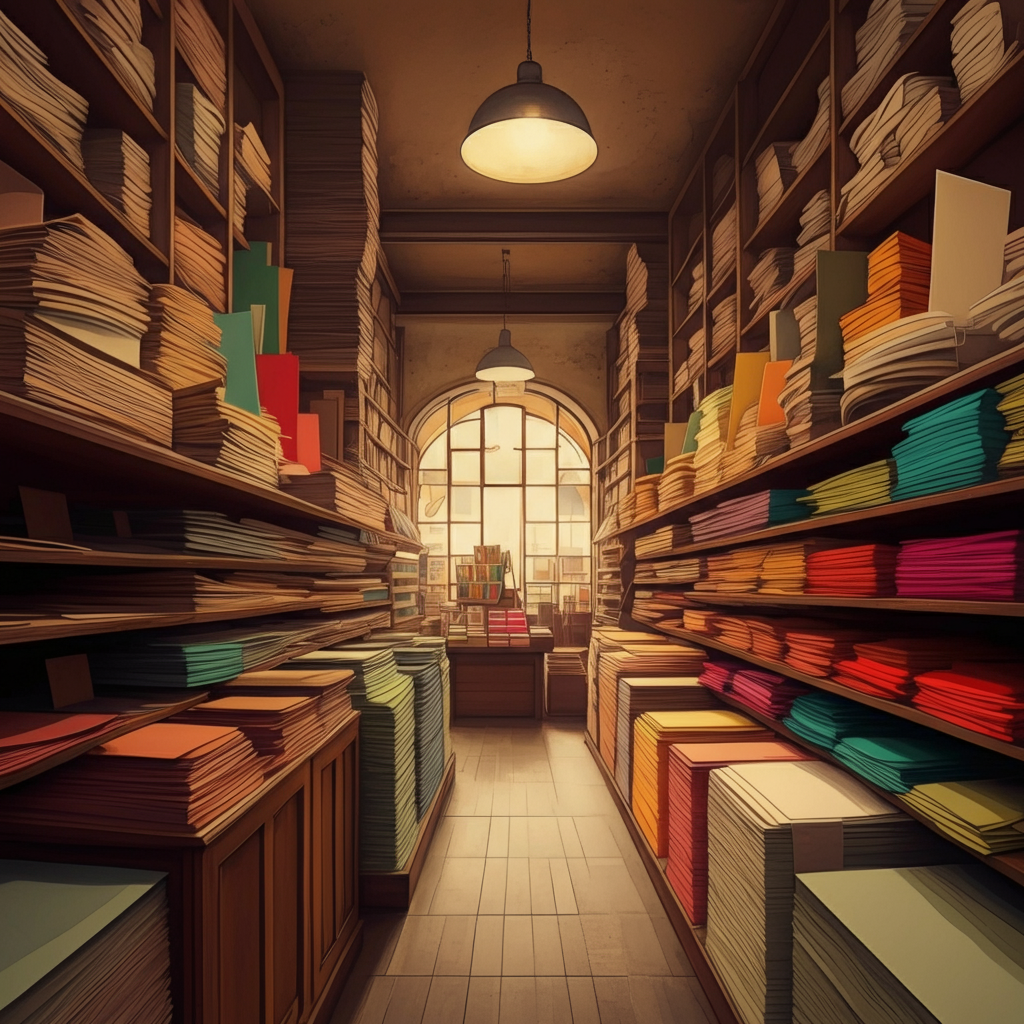
Peñiculs is not just an art form; it embodies a rich tapestry of culture, tradition, and history. This unique craft has roots that run deep, reflecting the essence of the communities that practice it. As we delve into the world of peñiculs,Peñiculs: Celebrating the Rich Heritage of This Unique Art Form, we uncover not only the techniques and materials involved but also the cultural significance and stories behind this fascinating art form.
Understanding Peñiculs
What Are Peñiculs?
Peñiculs refers to a traditional art form characterized by intricate designs and patterns, often created on textiles, pottery, or other surfaces. The term evokes images of craftsmanship that have been passed down through generations, with each artist bringing their unique touch to the craft. This art form often incorporates vibrant colors, symbolic motifs, and specific techniques that are emblematic of the regions where it is practiced.
The Historical Context of Peñiculs
The origins of peñiculs can be traced back to ancient civilizations that used art as a means of storytelling and expression. Over the centuries, this art form has evolved, influenced by social, political, and economic changes. Many communities view peñiculs as a way to preserve their cultural identity, ensuring that the stories of their ancestors are not lost to time.
The Techniques Behind Peñiculs
Materials Used in Peñiculs
Peñiculs artists typically use a variety of materials, including natural dyes, fibers, and clay. The choice of materials often reflects the local environment and resources. For instance, in regions where certain plants thrive, artists might use the dyes extracted from these plants to achieve specific colors. The use of locally sourced materials not only enhances the authenticity of the artwork but also promotes sustainability.
Crafting Peñiculs
The process of creating peñiculs is both intricate and labor-intensive. It often begins with sketching designs that hold particular significance. Artists may draw inspiration from nature, mythology, or daily life. Once the design is finalized, the actual crafting process begins, which may involve techniques such as weaving, painting, or carving.
Weaving Peñiculs
In textile arts, weaving is a common technique used in peñiculs. Artisans often employ traditional looms, carefully interlacing threads to create stunning patterns. This method not only showcases the skill of the artisan but also results in durable and visually striking pieces.
The process of weaving in peñiculs is meticulous. Artisans often start by selecting the right threads, considering both texture and color. The loom is set up with a warp and weft, and the artisan begins the intricate process of weaving. This requires a keen eye for detail and a steady hand, as even the slightest mistake can affect the overall design.
Once the weaving is complete, the piece may undergo finishing processes such as washing and dyeing, which enhance its beauty and durability. Each woven peñiculs piece can take days or even weeks to complete, depending on its complexity and size.
Painting Peñiculs
For painted peñiculs, artisans utilize brushes made from natural materials to apply intricate designs. Each stroke is deliberate, and the colors are often layered to create depth. The symbolism embedded in these paintings can tell stories or convey messages important to the culture.
The painting process in peñiculs often involves preparing the surface to ensure the colors adhere properly. This may include priming textiles or clay with natural substances. Artists then choose a palette that reflects traditional colors, often derived from natural dyes. As they paint, the artisans remain mindful of the symbolism of colors and patterns, infusing each piece with meaning.
The Role of Community in Peñiculs
Communities play a vital role in the continuation of peñiculs. Many artisans are part of cooperative groups where skills are shared, and knowledge is passed down. This collaborative spirit fosters a sense of belonging and pride among artists. Workshops and community events dedicated to peñiculs allow for the celebration and preservation of this unique heritage.
Knowledge Sharing and Mentorship
In many communities, experienced artisans mentor younger generations, teaching them the techniques and stories behind peñiculs. This mentorship is crucial for ensuring that the skills and traditions are not lost. As apprentices learn the craft, they also gain insights into the cultural significance of their work.
These mentorship programs often include hands-on training, allowing apprentices to practice weaving or painting under the guidance of seasoned artisans. This experiential learning fosters a deeper appreciation for the art form and helps preserve its techniques for future generations.
The Economic Impact of Peñiculs
Peñiculs is not only a cultural treasure but also an economic asset for many communities. The production and sale of peñiculs can provide livelihoods for artisans and their families. Local markets often feature peñiculs items, attracting both locals and tourists eager to support traditional crafts.
Fair Trade Practices
Many artisans and cooperatives emphasize fair trade practices, ensuring that artisans receive fair compensation for their work. This approach promotes sustainability and empowers communities by providing them with the means to thrive while preserving their cultural heritage. Initiatives that focus on fair trade help artisans gain recognition and build a customer base that values authenticity and craftsmanship.
Cultural Significance of Peñiculs
Storytelling Through Art
Peñiculs serves as a powerful medium for storytelling. Each piece tells a story, whether it be about local legends, historical events, or everyday life. These narratives are often intertwined with the identity of the community, making peñiculs a living history that connects the past to the present.
Many peñiculs artworks depict scenes from folklore, showcasing traditional stories that have been passed down through generations. This storytelling aspect not only entertains but also educates viewers about the values, beliefs, and experiences of the culture.
Celebrating Festivals and Rituals
In many cultures, peñiculs is prominently featured in festivals and rituals. Artwork may be displayed during celebrations, symbolizing themes such as fertility, harvest, or community unity. This integration of peñiculs into cultural events highlights its importance in maintaining traditions and fostering community bonds.
Festivals often provide a platform for artisans to showcase their work, allowing them to connect with a broader audience. The vibrant displays of peñiculs can turn celebrations into vibrant spectacles, inviting everyone to appreciate the artistry and cultural significance behind each piece.
Peñiculs in Contemporary Society
As globalization continues to influence cultural practices, peñiculs finds itself in a unique position. Many artisans are blending traditional techniques with contemporary designs, reaching new audiences and expanding the appeal of their work. This evolution ensures that peñiculs remains relevant while honoring its heritage.
Innovative Approaches to Peñiculs
Artists are increasingly experimenting with new materials and techniques, merging the old with the new. This innovation can lead to exciting collaborations between traditional artisans and contemporary designers, resulting in fresh interpretations of peñiculs.
These collaborations often produce unique pieces that appeal to modern sensibilities while maintaining the integrity of the original art form. By embracing change, peñiculs artists can reach younger audiences who may not be familiar with traditional practices.
Challenges Facing Peñiculs
Despite its rich heritage, peñiculs faces challenges in the modern world. The demand for mass-produced items often overshadows traditional crafts. Many artisans struggle to compete with cheaper alternatives, putting the future of peñiculs at risk.
Preservation Efforts
To combat these challenges, various organizations and initiatives are working towards the preservation of peñiculs. Efforts include promoting awareness, providing training for new artisans, and creating platforms for artists to showcase their work. By supporting these initiatives, we can help ensure that peñiculs continues to thrive.
The Role of Technology in Preserving Peñiculs
In an increasingly digital world, technology can play a crucial role in the preservation and promotion of peñiculs. Online platforms allow artisans to reach global audiences, share their stories, and sell their work.
Social Media and Marketing
Social media has become a powerful tool for artisans to showcase their work. Platforms like Instagram and Facebook allow artists to connect with potential customers, share their creative process, and tell the stories behind their pieces. This visibility helps promote peñiculs and attract interest from a wider audience.
E-Commerce Platforms
E-commerce platforms enable artisans to sell their work directly to consumers around the world. This direct-to-consumer model eliminates intermediaries, allowing artisans to retain more of their earnings. By participating in the global marketplace, peñiculs artisans can achieve financial independence and sustainability.
The Global Appreciation of Peñiculs
As awareness of cultural diversity grows, so does the appreciation for traditional art forms like peñiculs. Collectors, art enthusiasts, and cultural institutions increasingly recognize the value of preserving and promoting these unique crafts.
Cultural Exchanges and Exhibitions
Cultural exchanges and exhibitions featuring peñiculs allow artisans to showcase their work to a broader audience. These events often attract visitors who are eager to learn about different cultures and art forms. Through exhibitions, peñiculs gains recognition as a valuable contribution to the global art scene.
Educational Initiatives
Educational initiatives that focus on peñiculs can help raise awareness about its cultural significance. Workshops, lectures, and demonstrations provide opportunities for people to learn about the history, techniques, and stories behind peñiculs. These initiatives foster appreciation and understanding of the art form, encouraging more people to engage with it.
Conclusion
Peñiculs is more than an art form; it is a celebration of culture, tradition, and community. As we explore the intricacies of this unique heritage, we gain a deeper appreciation for the stories and craftsmanship that define it. By recognizing and supporting the artisans behind peñiculs, we contribute to the preservation of a rich cultural legacy that deserves to be celebrated and cherished for generations to come.







